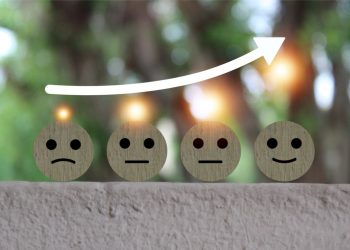 RISMEDIA, May 20, 2009-(MCT)-Kermit the Frog liked to say, “It’s not easy being green.” Little did he know that one day many of us would agree with him. Being “green” or eco-friendly is politically correct. Recycling. Low- or no-VOC paints. Hybrid cars. And, finally, making sure your thumb really is the new green.
RISMEDIA, May 20, 2009-(MCT)-Kermit the Frog liked to say, “It’s not easy being green.” Little did he know that one day many of us would agree with him. Being “green” or eco-friendly is politically correct. Recycling. Low- or no-VOC paints. Hybrid cars. And, finally, making sure your thumb really is the new green.
But how can you become an eco-gardener? Do natural pest controls really work?
Carol Whitaker, owner of Pink Shovel Landscapes in Fort Lauderdale, Fla., is dedicated to creating naturescapes and teaching home gardeners about green gardening.
“Just because your landscape has green plants in it, doesn’t mean it’s green,” said Whitaker.
“Green means sustainability, creating and maintaining a landscape which conserves and preserves our energy, our water, our natural resources, our environment and our way of life, and promoting an environment that will endure and provide into the future.”
Here is what Whitaker had to say about green gardening:
Q: What are the worst things a gardener can do?
A: People often plant too deeply, and the plant goes into stress, deteriorates and dies. This is especially true with trees. Plant shrubs and trees at the same depth as they were in the pot. Second is the overuse of chemicals that can go into soil and end up in storm-water drains and our water supplies.
Q: What are the best things a gardener can do to be green?
A: One of the best things you can do is plant a tree canopy in the front and back yards. Shade trees are more important than palm trees because they supply oxygen, prevent storm-water runoff, reduce air-conditioning costs and provide shelter for wildlife. People just don’t plant enough shade trees.
Q: What is the biggest trap for items that appear to be green but aren’t?
A: One of my biggest pet peeves is everyone says to use recycled mulch. But people don’t read the labels and realize how the product was made. Some of these mulches can actually hurt the environment. Red mulch is a prime example. Everyone loves it because it is pretty, but scientists have found it can have unsafe levels of arsenic and formaldehyde.
Q: How do you control pests in a green way?
A: I use dishwasher soap with water or, if it is really pesky, I use vegetable oil. It’s a topical, but doesn’t kill continually. Even with poisons you have to repeat treatment every 7 to 14 days. Use 1 or 2 teaspoons of dishwasher soap per gallon of water.
Q: How do you avoid chemical fertilizers?
A: One of the best preventive measures is to increase the quality of your soil. You can amend it with composted manure. This makes for healthy plants and roots that are more resistant to disease and you will be less likely to need to use fertilizers.
Whitaker’s best green tips
1. Plant more canopy trees.
2. Amend soil with composted cow manure.
3. Use organic mulches. Do not use rubber mulch. It doesn’t break down and doesn’t contribute to the quality of soil.
4. Plant the right plant in right place. Group them by their water needs and whether they need sun or shade. Don’t plant tall growers under power lines.
5. Plant more natives and include as many as you can.
6. Avoid overuse of chemicals.
© 2009, Sun Sentinel.
Distributed by McClatchy-Tribune Information Services.










